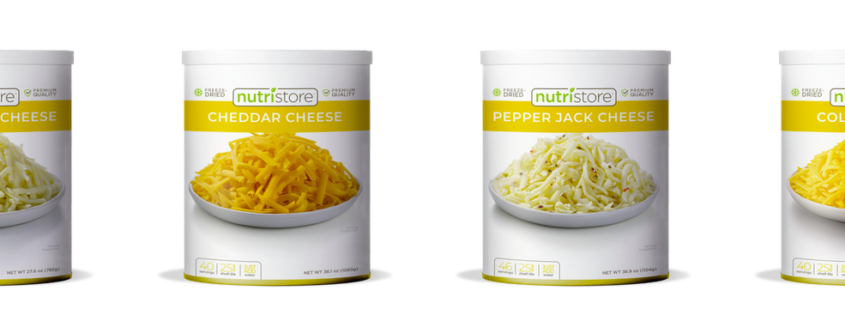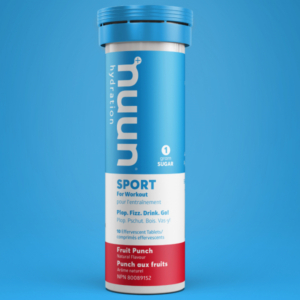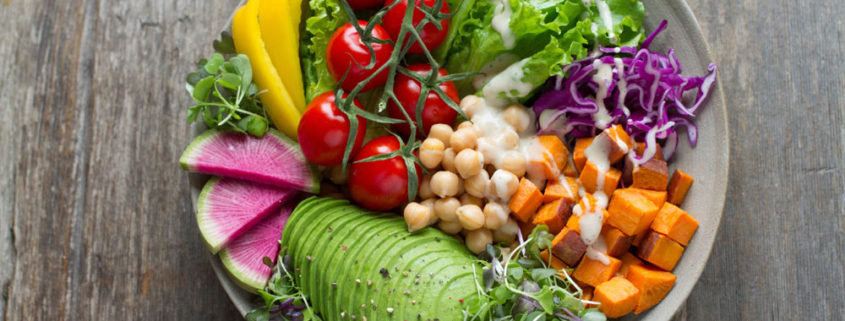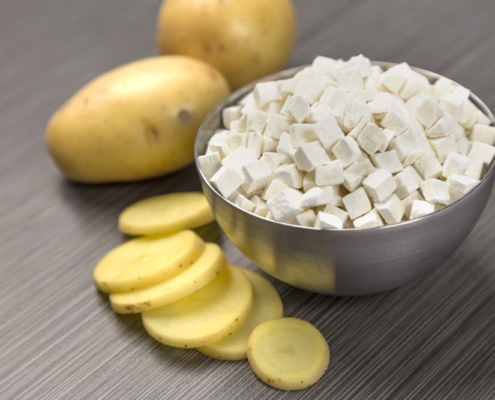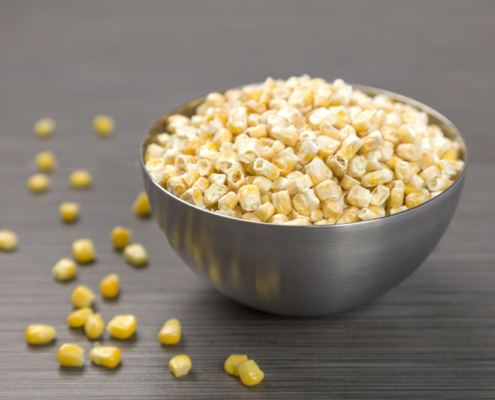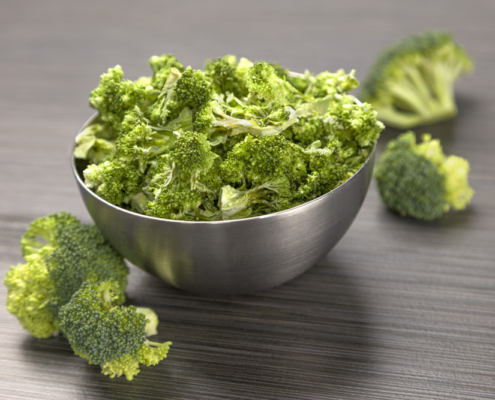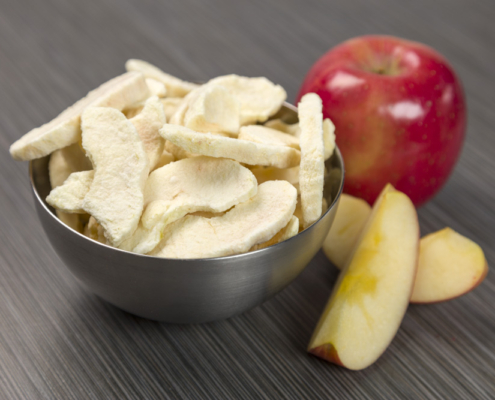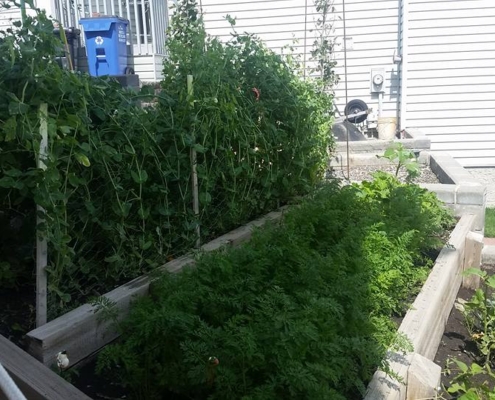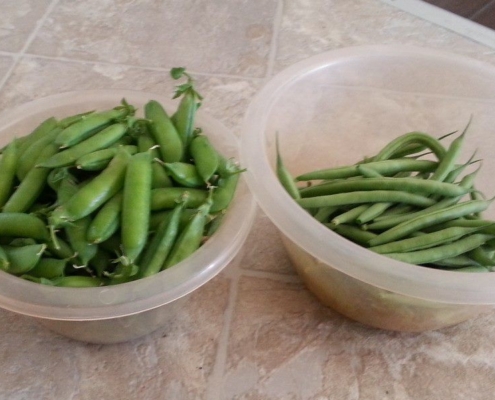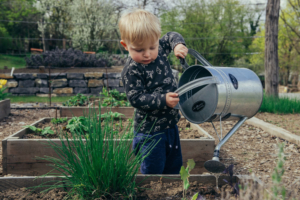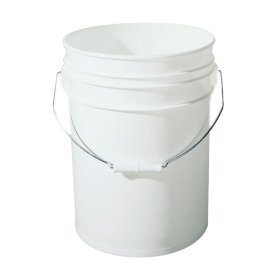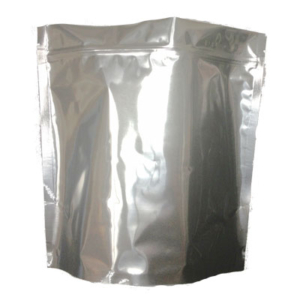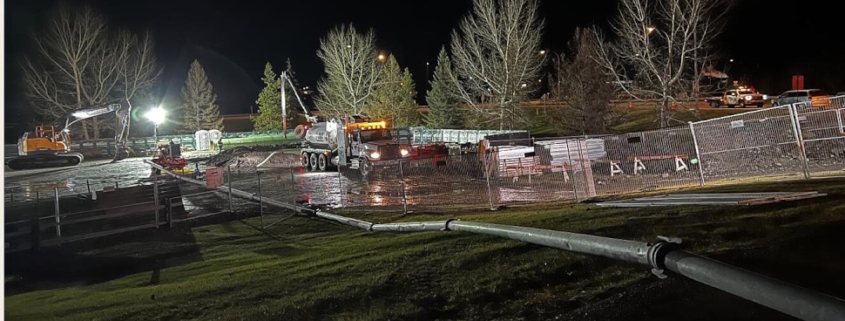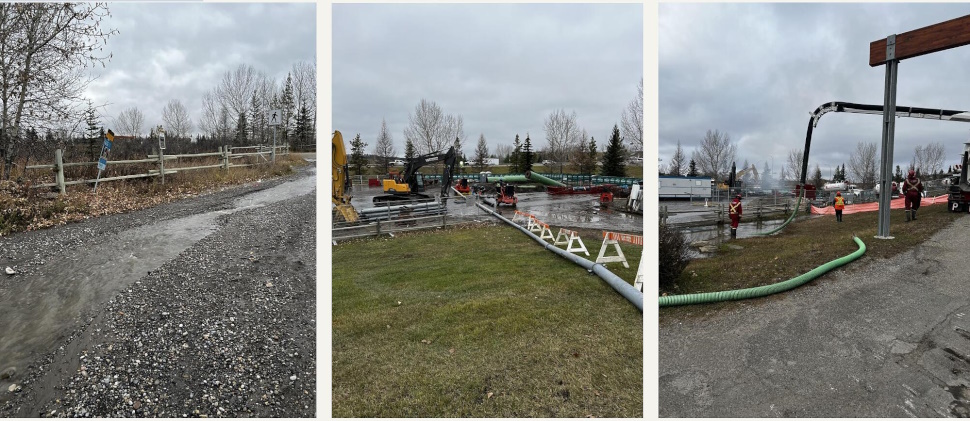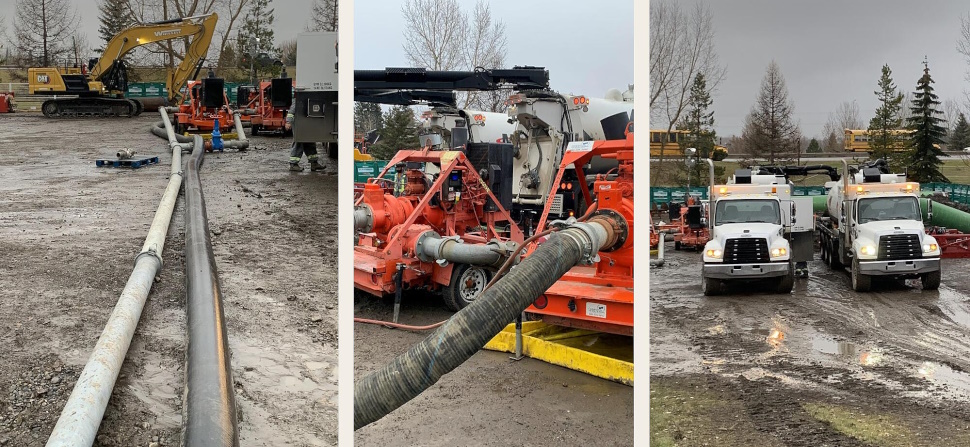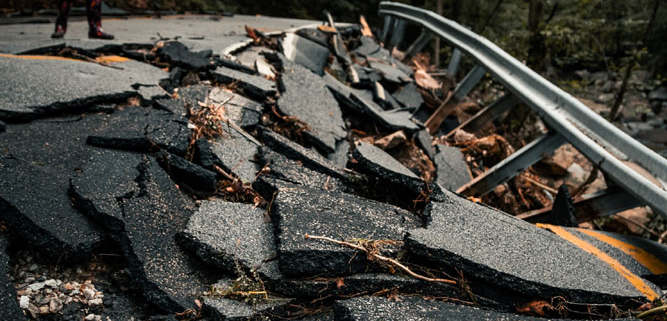When it comes to food storage, freeze-dried cheese may not be the first item that comes to mind. However, this underrated gem is an excellent addition to your emergency pantry. Freeze-dried cheese is a long-lasting, versatile, and delicious product that can enhance your culinary options during times of crisis or simply add convenience to your everyday life.
In this article, we will explore the uses and benefits of freeze-dried cheese, explaining why it’s a valuable asset for your food storage. Might I also add, that the finer things in life are foods such as chees. Having a way to keep it in our emergency storage is a real life saver!
What is Freeze-Dried Cheese?
Freeze-dried cheese is a product that has undergone a unique preservation process called freeze-drying, which removes moisture from the cheese while preserving its flavor, texture, and nutritional value. This method extends the shelf life of cheese considerably, making it suitable for long-term food storage. If you’d like to learn more about what freeze-dried means please visit this article explaining in more details.
Uses of Freeze-Dried Cheese
Emergency Preparedness:
One of the primary reasons to have freeze-dried cheese in your food storage is its convenience during emergency situations. Whether you’re facing a natural disaster, power outage, or a situation that limits access to fresh food, freeze-dried cheese can provide nutrients and a taste of normalcy. It can be rehydrated or used as a snack right out of the container.
Versatile Cooking Ingredient:
Freeze-dried cheese is not just for emergencies; it’s also an ingredient for everyday cooking. You can use it in various recipes, such as pasta dishes, casseroles, omelets, soups, sprinkled on a salad, and more. The rehydrated cheese retains its original flavor and texture, allowing you to enjoy the same cheesy goodness you love in your favorite meals.
Lightweight and Portable:
Freeze-dried cheese is exceptionally lightweight and doesn’t require refrigeration. This makes it an ideal choice for camping, backpacking, and other outdoor activities. Its compact form allows you to carry it without adding excessive weight to your gear. Simply add water to rehydrate, and you have a delicious addition to your camping meals.
You can see how to rehydrate our Nutristore cheeses here in this Cooking with Chef Cory video:
Extended Shelf Life:
Regular cheese typically has a relatively short shelf life due to its high moisture content. In contrast, freeze-dried cheese can last for years (up to 25 unopened if stored properly), ensuring that you have access to a nutritious source of protein and flavor even when fresh food is scarce.
Nutrient-Rich:
Freeze-dried cheese retains most of its original nutrients during the freeze-drying process, including protein, calcium, and essential vitamins. This makes it a valuable addition to your food storage, ensuring you have access to important nutrients during an emergency.
Minimal Food Waste:
By using freeze-dried cheese, you can reduce food waste. It eliminates the need to throw away cheese that has gone bad/reached it’s expiry date in your refrigerator, as it remains shelf-stable for an extended period.
Enercheez
Another cheesy goodness option we have is Enercheez! As this article is being written we carry 4 flavors. These smaller baggies are great for on the go. This Canadian company out of British Columbia makes this 100% just cheese with all-natural ingredients! Enercheez contains no additives and no preservatives. This mouth-watering cheese snack is a convenient source of energy, protein, and calcium that you can easily take along for any occasion. If I could I’d post a video of my husband receiving the ones I brought home for him just this week. He loves this snack!
Freeze-dried cheese is an unsung hero in the world of food storage. Its versatility, long shelf life, and nutrient retention make it an essential item for both emergency preparedness and everyday use. Whether you’re camping in the great outdoors, facing unexpected crises, or simply looking to reduce food waste, freeze-dried cheese can play a crucial role in your culinary repertoire. As you consider your food storage needs, remember that freeze-dried cheese is a flavorful and convenient option that can enhance your meals and provide comfort during challenging times. So, why not add this cheesy delight to your emergency pantry and embrace its many benefits?

